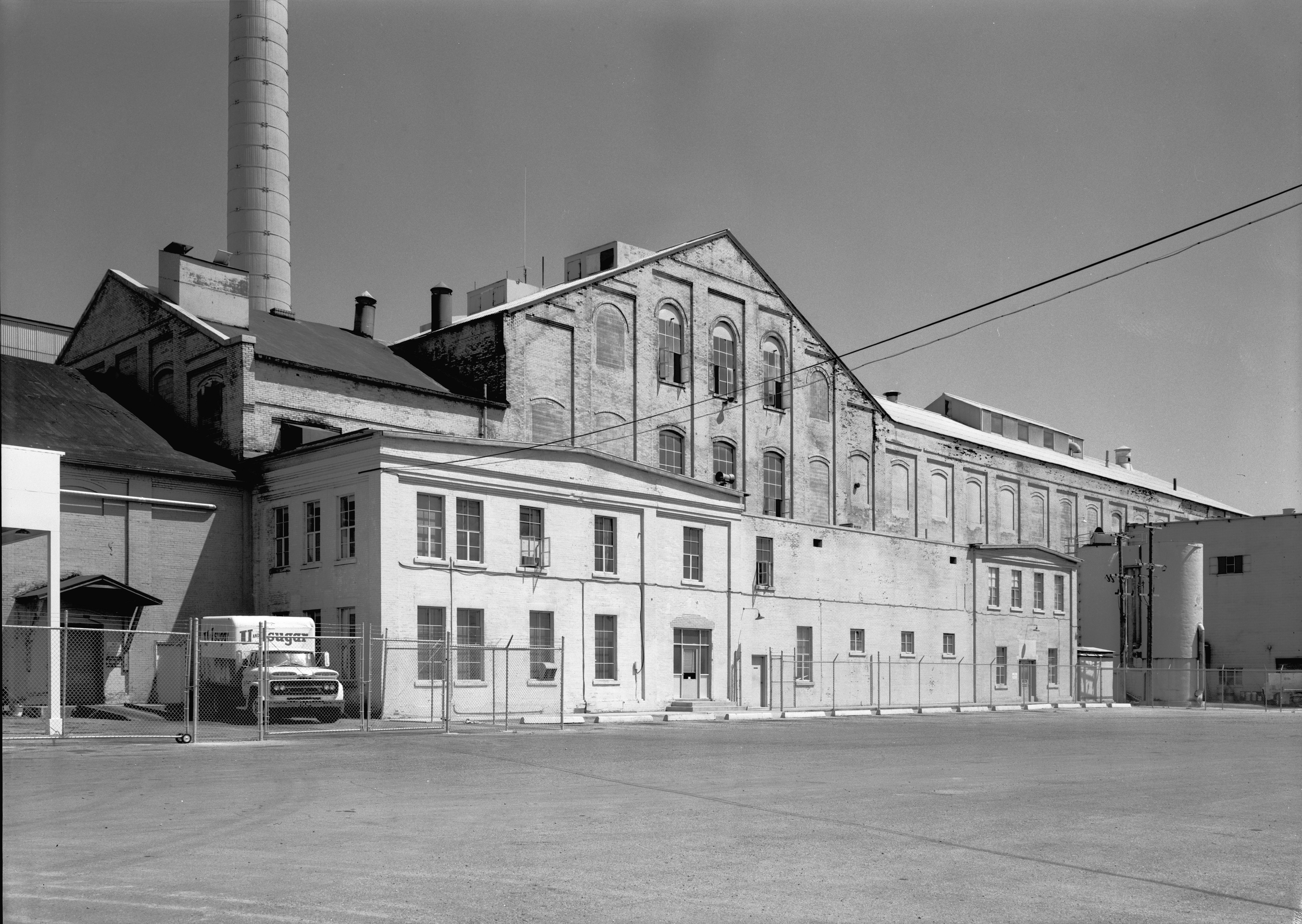
100 years ago, people knew how to make things. They weren’t necessarily complex things, but they made them. Today, we’ve largely forgotten those skills.
For most people, the details of actually making things are a mystery. When asked where things come from, the answer might as well be, “from the store”. In the 19th and early 20th centuries it was common for many people to make simple things from nearby materials. It was often a necessity.
Making has changed. In the 20th century methods of mass production became common and those who used to make things could often acquire better versions from a store or mail order catalog.
Since then the making of things has become increasingly complex, requiring exotic (for the 19th century) materials and factories equipped with expensive machines. Most people don’t see or understand this and simply rely on purchasing items they require.
But does personal 3D printing change this equation? We think it might. The promise of personal 3D printing is to put a machine on your desk that can make things. Make things YOU want, that YOU designed.
It re-enables the ability to make things, at least for those who had forgotten how to make things. It’s an exciting rediscovery for many. Perhaps even you have felt this effect.
That’s the idea, although we suspect it’s compromised by the current limitations in 3D printing. Personal 3D printers, however amazing they might be, cannot make arbitrary objects. They are limited in numerous ways, including materials, size, speed and not the least your ability to design 3D models for printing.
We see this as a temporary situation. 3D printing tech is gradually becoming more usable for everyone and over time people will be able to make increasingly complex objects. Eventually, making will become as common as it was before the era of mass production distracted everyone.
Image Credit: Wikipedia

